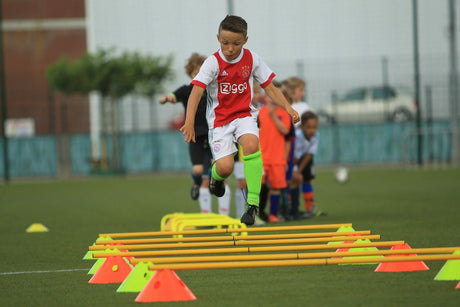
What Equipment Do You Need For Football Training?
By Sean McCarthy
With so many football training products on the market today, it can be overwhelming to know what the essential products are for your training sessions. Let’s take a look at...
FREE Delivery on Orders Over £75

By Sean McCarthy
With so many football training products on the market today, it can be overwhelming to know what the essential products are for your training sessions. Let’s take a look at...

By Sean McCarthy
One of the questions our team is regularly asked is, what type of football should I buy for my club? With so many options available to teams today, it’s an...
Read more
By Sean McCarthy
Football goal posts come in all shapes and sizes today. Depending on the game format you are using, you’ll want to make sure you select the right size to fit...
Read more
By SEAN MCCARTHY
When it comes to choosing the correct basketball for any player, there are two main considerations; the ball size and the playing surface the basketball will be used on. Ball...
Read more